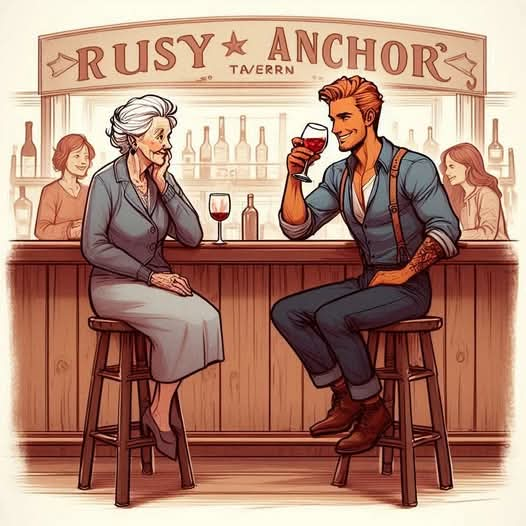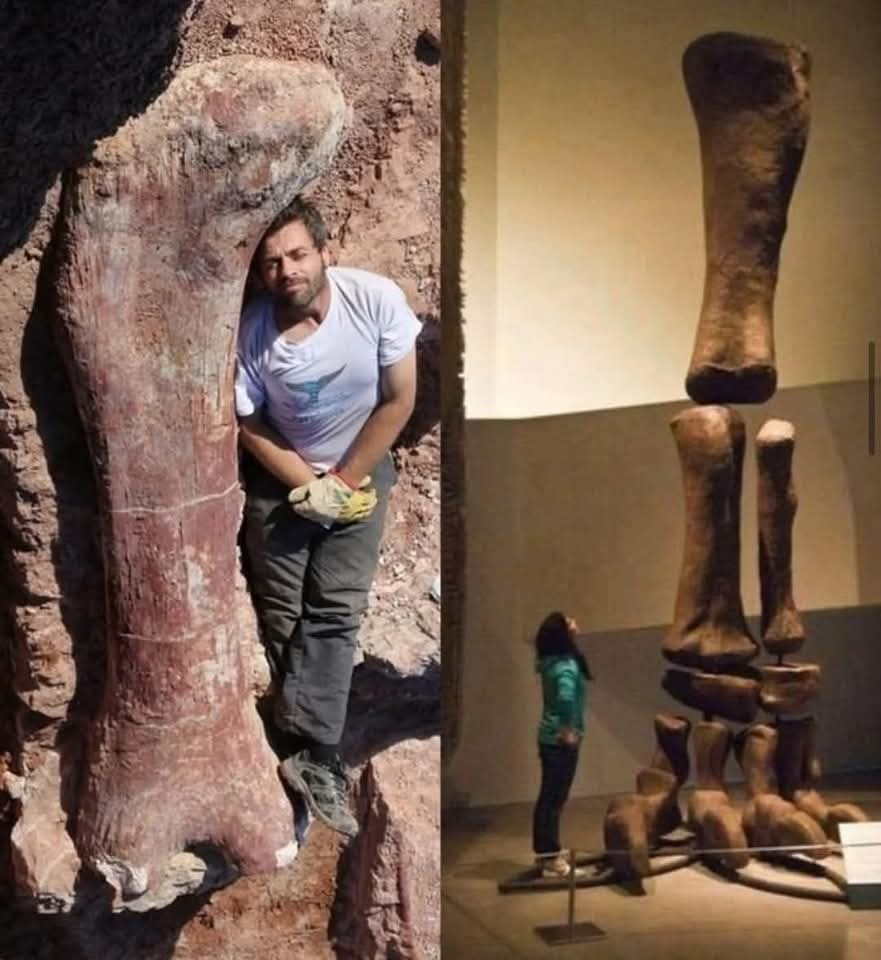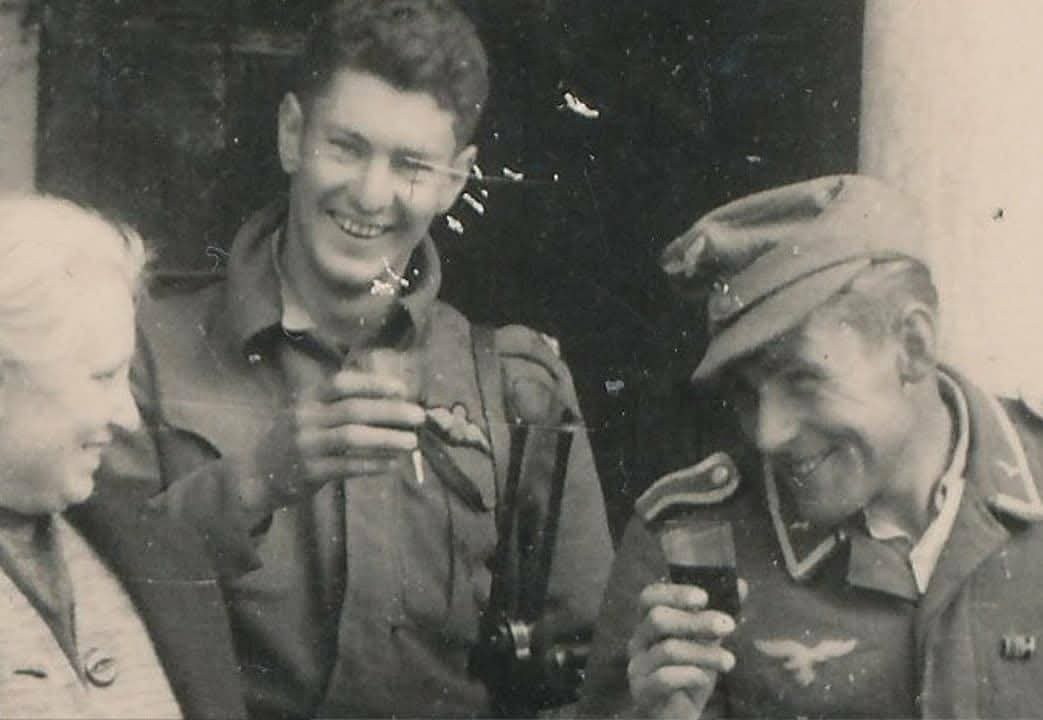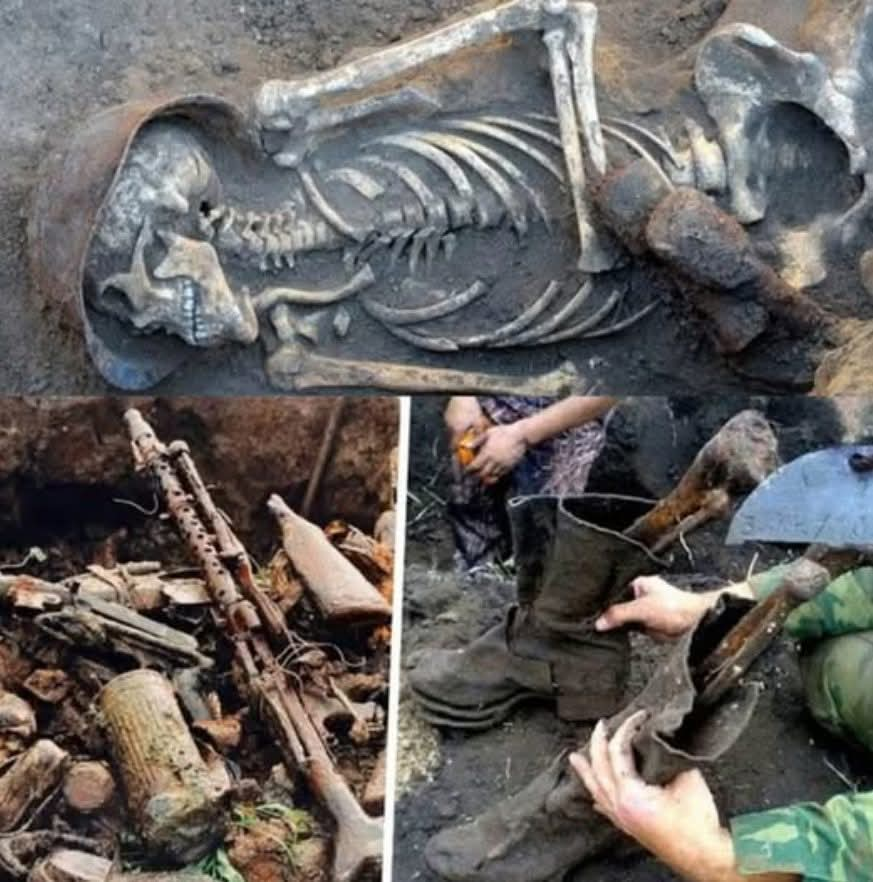
We immediately started to protest. We said we were forced to, that they couldn’t do this to us, they didn’t have the right to Doing it, it was against the Geneva Convention, and we never would. But they laughed at us, you know, they just laughed. They said they could do with us what they wanted. “
One of the most heinous war crimes committed by the Japanese Imperial Army in Southeast Asia during World War II was the ruthless sexual exploitation of 200,000 Asian women (Chinese, Thai, Vietnamese, Indonesian, Filipino, Korean and even Japanese) and 200 -300 Dutch and 30 Australian women.
During the war the imperial army, worried about the spread of venereal diseases, decided to open a chain of brothels in all the conquered territories in order to avoid this problem (this was an example of what had happened in India in the nineteenth century where the he British army had opened brothels which had had to close following outcry at home causing a great spread of venereal diseases among soldiers who frequented uncontrolled brothels).
To accomplish this task, the army turned to Kempetai – the secret political police – which carried out its “task” with an absolute lack of scruples and humanity.
Over the course of the war, some 200,000 Asian women – and 230 European and Australian women – were forced into sexual slavery in military brothels.
The methods of recruiting women euphemistically called ‘Comfort Women’ – literal translation of the Japanese word ‘Ianfu’ – were basically two:
1) The traditional one of paying women for work as it happened for prostitutes.
At first this method was used but failed to satisfy the ever increasing demand for military brothels.
2) This led to a new and brutal method: Sex slavery in brothels carried out with the deceptive promises of decent jobs and the systematic rape.
To understand the reason for this widespread and abject phenomenon, one must look at prostitution in Japanese society.
The young Japanese soldiers who raped and abused women, and often used brothels, came from a country where prostitution was well organized and practiced very openly. It was – and still is today – a vast industry that catered to the sexual desires of Japanese men (In Japan sex, marital or extra-marital, was seen as something natural and to be enjoyed, including that for a fee).
Obviously, the discourse did not apply to women who were considered inferior subjects both in marriage and outside.
When Japan invaded Asia in 1937, these young soldiers turned to the mass rape of women in the conquered territories because in their mentality the women only served one purpose: sexual entertainment. Rape was the primary relationship of the Japanese soldier in the conquered territories. Taking women by force was not an individual goal but a group exercise encouraged by senior officers in all theaters of operation.
The first place where Japanese soldiers practiced mass rape was the city of Nanjing in 1937-38 when hundreds of thousands of Chinese women and girls were raped en masse and brutally killed without officers sanctioning their behavior, which was repeated. in all territories conquered after the outbreak of the Pacific War.
Since the Japanese military was not completely unaware of the damage done to relations with civilians in the territories occupied by the sexual brutality of its soldiers, it decided to establish a chain of ‘comfort places’, as the brothels were called by Kempetai.
As mentioned, initially, the recruiting method was to advertise to recruit prostitutes and / or paid women in Japan, Korea, Taiwan and Manchuria.
Soon the demand exhausted the supply and created a shortage of prostitutes.
Then the army in order to procure women asked Kempetai for help, who used all the most atrocious and brutal means to reduce thousands of women into sexual slavery by intimidation and violence.
Kempetai also turned to the Japanese Yakuza, the Chinese Tong and the Korean mafia to procure the women required by the army. Among the coercive methods of forcing women into prostitution were physical beatings, death threats to them and their families and the widespread and massive use of opium with which Kempetai flooded all of Southeast Asia.
White Caucasian women also became the target of this rape and sexual violence in which two conflicting factors acted as a lethal mixture: On the one hand, the concrete possibility of having a sexual relationship with a white woman was a powerful input in a historical period where interracial relationships were scarce.
On the other, the ferocious Japanese racism towards the European colonialists. (Sexual and non-sexual assaults did not even secure the citizens of neutral countries and those of Germany and Italy as Kempetai saw all non-Japanese as threats to national security.
The most widely documented case of European female prostitution was in Java in the then Dutch East Indies.
When the Japanese conquered the Dutch colony in Asia in the spring of 1942, they captured 150,000 Europeans between civilians and soldiers and 22,000 of mixed Indonesian-Dutch ethnicity, including many women.
European women who were prostituted fell into three categories:
1) Prostitutes by profession who continued their profession as before the war.
2) The women who volunteered deceived by promises to work as waitresses and bartenders and later forced into prostitution by Korean and Japanese pimps.
3) Women taken by force from civilian internment camps and used as sex slaves by the Japanese military.
where they were forced to meet more soldiers over the course of the day.
The violence was more terrible because girls like Jan O’Herne were brutally raped, as she recalled in 1992 when inspired by the courage of Korean ex-comfort women she decided to break the silence.
Even going to a doctor to protest could have given outcomes different from those expected as Jan O’Herne would have bitterly experienced (she was raped twice by Japanese military doctors).
After the war, a Japanese major from Kempetai in Java charged with the forced recruitment of European women was sentenced to death for war crimes. Others ended up in prison, one committed suicide before the trial.
Dutch women were deeply scarred for life. Jan O’Herne met and married a British soldier and settled in Australia where she died in August 2019.
From 1992 she worked for the Comfort Women’s Condition fund and for the protection of women in war.
Jan O’Herne has always rejected the Japanese government’s apology and compensation fund money because “Japan has not fully recognized its historical responsibilities”.










Leave a Reply